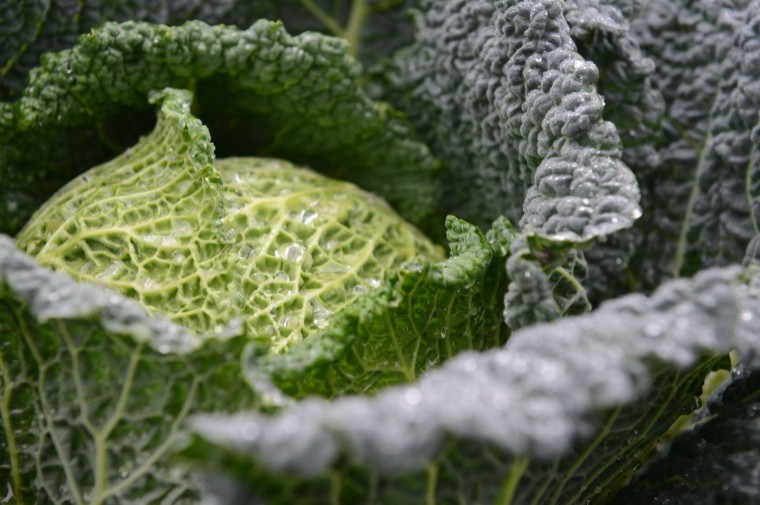Text message warning from Syngenta Brassica Alert has proven to enable better timing of fungicide treatments to protect crop quality.
Wet, warm weather has produced lots of soft, lush growth that is highly susceptible to disease infection, but most growers are still focussed on getting crops in, weed control and other agronomic challenges in the difficult season, warned Andy Richardson of the Allium & Brassica Centre.
“Brassica Alert will provide growers with an important reminder of when disease infection risks kick-off. If current conditions continue, we will need to be starting programmes earlier than normal,” he advised.
“The Alerts are a very useful indicator for an early start to fungicide programmes,” he advised. “We know how important it is to stop disease initially establishing in the crop. Once it is in there it’s a real fight for the rest of the season.”
Andy pointed out that, from experiences of weather conditions over recent years, growers could again face an extended season of disease pressure into a milder wet autumn – which is likely to require additional fungicide treatments. “That makes timing essential to get the best and longest results from any application; Brassica Alert can help to target treatments at the periods of high disease risk,” he added.
Most eastern counties’ growers Andy works with had already signed up to the Syngenta Brassica Alert web site and free text alerts of key brassica disease risks. “It can also be really effective in a protracted low risk season, where growers could get complacent,” he said. “A text message alert would flag up risks and prompt action that could avoid a disease outbreak.”
Brassica Alert is managed independently by the Allium & Brassica Centre (ABC). It provides warnings for growers and agronomists for risk of Ringspot, Alternaria and White blister. The information is available free on the Syngenta website, where growers can also register for text alerts of disease risk.
The risk is based on weekly spore monitoring by ABC at seven sites in the eastern counties, along with weather station information from the field sites. Predictive disease models, developed by University of Worcester with AHDB funding, calculate the risk forecasts.
Oliver Watts, Syngenta crop specialist for cauliflower and Brussels sprouts, highlighted the value of Brassica Alert for fungicide timings to prevent Ringspot damage to crops, for example. “It may be several weeks, or even months, from the point of infection to symptoms showing on the leaf,” he pointed out.
“For the best results, growers should be targeting the pathogen spores as they are hitting the plant to prevent infection, and before they cause any damage or stress to the plant. Brassica Alert is an integral part of the decision making process on when to spray and what fungicides to use,” he advised.
Oliver added Amistar Top and Plover offered excellent curative and protectant control of Ringspot and Alternaria. While Amistar Top also provided useful protection against White blister, the highly systemic Folio Gold gave best control in conditions of high disease pressure on both Brussels sprouts and cauliflowers.
The first Brassica Alert 2016 report is now available to download from the Syngenta website, and for growers to register for text message alerts.




